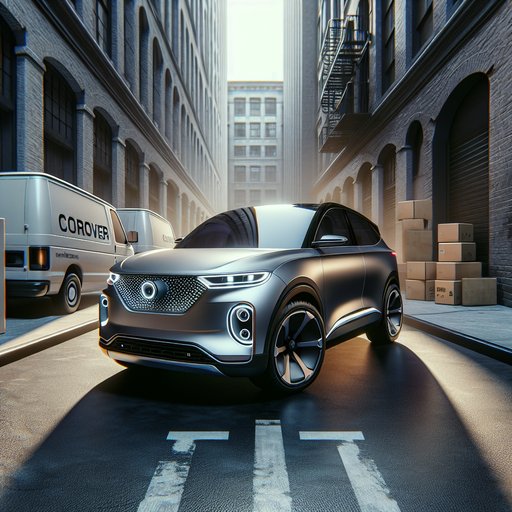
We spent a week threading BMW’s latest X1 xDrive28i through downtown garages, alleyway loading zones, and tight street parking to assess its driver-assistance toolkit where it matters most: cramped urban spaces.
Our test car was a 2025 BMW X1 xDrive28i equipped with Parking Assistant Plus (Surround View with 3D, automated parking, Reversing Assistant) and front/rear ultrasonic park distance control. The X1’s compact footprint (about 177 inches long, 72.6 inches wide without mirrors) and 19-inch wheels made it a relevant benchmark for curb protection and tight-space maneuvering. We built repeatable scenarios: parallel spaces measuring 6.2 m by 2.3 m between cones and real cars, head-in bays at 2.4 m width with 15 cm granite curbs, and a dim, damp multistory garage with pillars and wheel stops. Tests ran in daylight and at night (wet lenses included) to probe camera clarity, stitching, and sensor reliability.
The 360° camera delivers a sharp composite with helpful trajectory overlays. Stitching is clean, though slight parallax seams appear over the front bumper when turning sharply. Lag is minimal for creep-speed work, but quick steering inputs can momentarily outpace the overlay. Low-light performance is solid; glare from wet pavement can wash out contrast, so we nudged brightness up one step.
The auto curb-view that focuses on the front passenger-side wheel is the hero feature: in good light on level ground it guided us to a 25–35 mm wheel-to-curb gap, within roughly 2–3 mm of what the overlay suggested. In rain or on sloped camber, perceived gap drifted; measured error grew to about 5–6 mm, so we left an extra buffer. Auto-park recognized both marked and unmarked parallel spaces at up to 30 km/h scanning speeds and executed consistently once engaged. Typical parallel maneuvers took 45–70 seconds and two to three shuffles, finishing 18–25 cm from the curb with wheels straight.
It rejected spots with less than ~0.5 m total clearance beyond vehicle length, and hesitated near complex curb geometries (drain grates or tapered stones). In very narrow lanes with traffic pressure, manual control proved faster; the system prioritizes caution and will pause frequently if pedestrians approach the trajectory. Ultrasonic sensors cued with initial beeps around 1.0–1.2 m and shifted to a continuous tone at roughly 30 cm. They picked up bollards, pillars, and high curbs reliably, and generally detected low wheel stops by 25–30 cm, though black rubber stops and chain-link fences sometimes produced late or inconsistent returns.
Integration with the 360 view is well-judged: amber/red zones overlay accurately, and the system will brake at low speed if a closing object is ignored. In puddles or heavy spray, we logged a few false positives; a quick lens wipe and a crawl-speed approach restored confidence. Overall, the X1’s suite is among the best at urban threading. Use the curb-view as your primary rim protector, but add 2–3 cm of margin in the wet or on uneven camber.
Let auto-park handle tricky parallel jobs when time allows, and default to manual in tight, high-traffic lanes. Keep lenses clean, bump camera brightness at night, and trust the continuous-tone stop cue—then verify with a brief glance at the curb-view before settling the steering straight.












